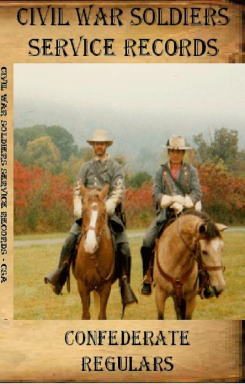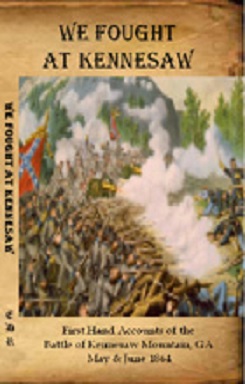Brazil, like the United States, is a land of immigrants, and the confederados joined a rush of 2.8 million Italians, Germans, Portuguese, Japanese and others who trekked here between the 1820s and the late 1920s.
The Americans came to Brazil at the urging of Emperor Dom Pedro II, who longed to see them bring their cotton-planting expertise to his sprawling land. By the late 1860s, several thousand Southerners were steaming for Brazil from the ports of New Orleans, Galveston, Tex., Charleston, S.C., Newport News, Va., and Baltimore.
The Steagall family arrived in 1868. They came from Texas, and like many confederados, they drew comfort from the undulating landscape, the rich, red-clay earth and the balmy temperatures of their new nation. Brazil, at least this patch in the southeast, reminded them of home.
In a letter written shortly after her family landed here, Pattie Steagall wrote of a "pleasant climate and a pure atmosphere," of "excellent and plentiful water" and complained only about ubiquitous and "quite troublesome" insects.
The Americans found the land especially appealing, and they brought pecans and peaches, corn and cotton, and many other crops to Brazil. They introduced Brazilians to sophisticated plows and kerosene lamps. They also educated their girls, a practice foreign to their new compatriots.
Thomas Steagall, who speaks English with a Southern accent, finds that fewer and fewer confederados his age know this history.
He used to troll the Internet for anything that could enlighten him about the American South generally and his ancestors in particular. He has letters, title deeds and other ancestral documents. He has traced his family tree. He has participated in the making of a documentary about Americana. And he keeps an enormous Confederate flag folded in a dresser drawer in his home.
But today many young confederados do not speak English and are shaky on even basic questions, such as, "Who was Robert E. Lee?" Sometimes they even miss the party at the cemetery, known as the Festa Confederada.

| Contents |
 |

Capers, Ellison
448 pgs.
HARDBACK - $65.00
PAPERBACK - $45.00
DVD - $15.00
EBOOK - $15.00
Paperback, DVD or Ebook

Rigdon, John C., Editor
CDROM - $35.00
COMBO - $50.00
CDROM

Rigdon, John C., Editor
DVD - $35.00
COMBO - $50.00
DVD
|
| |||||
John C. Rigdon | |||||

|
|||||
| Ordering via EMAIL is easy. Click Here |
Orders may also be sent via U.S. Snail to:
Eastern Digital Resources
6219 Hillandale Rd.
Davenport, IA 52806











